TIME TO READ: 6 MINUTES
"Sit back in your seat. Grab the popcorn. It's time for...Animal Encounters of the IT Kind!"
Cheesy TV intro aside, this newsletter’s a little different.
We’re highlighting some of the strangest support calls we’ve received. All of them deal with animals causing damage to IT infrastructure.
With each story we’ll include a Magpie Pro Tip for preventing this kind of ‘animal encounter’ in your own workplace. Sound interesting? Let’s get started!
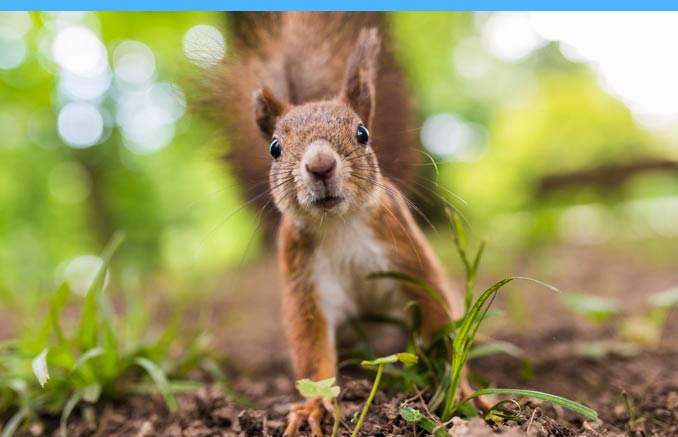
Squirrel Fights the Power
In March 2010, our internal datacenter lost power. The cause? A squirrel.
It ran over the power lines outside our datacenter and caused an arc. Amazingly, it only shorted one of the three ‘legs’ of the power feed. This caused an outage at our end, but our power monitoring still thought everything was fine.
After some tongue-in-cheek discussions with the power company and the restoration of power, we upgraded our power monitoring to watch all three ‘legs.’
The local squirrels, witnessing their brother’s tragedy, decided to leave our power lines alone.
Magpie Pro Tip: Install a monitor on your power feeds. Make sure it covers everything (all legs!), so your backup power generator kicks on right away.
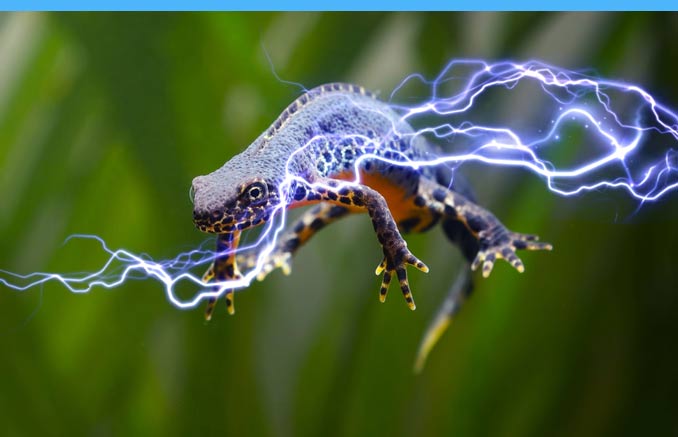
Electrified Newt
At the end of January 2025, we got a call saying part of a customer’s network had gone down. Nobody could figure out why remotely. We sent out our chief troubleshooter, Robert, who found that the breaker had tripped, so he checked it out.
Upon opening the breaker door, look who popped out?
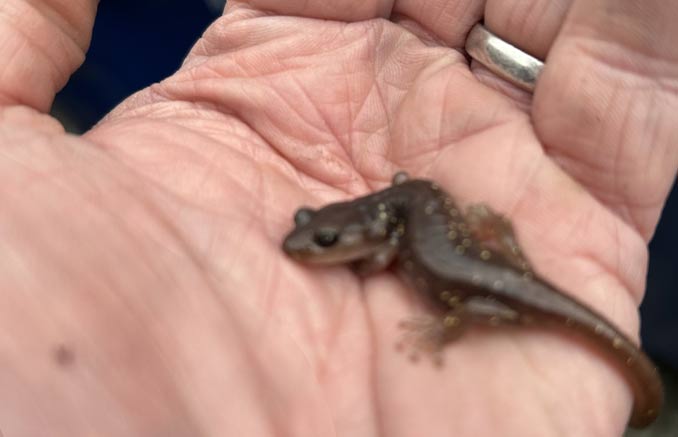
This little guy had disrupted the power & shorted out the breaker...and survived!
How did he get in? Through the back. The breaker had a circular hole where the installer removed a ‘knockout’ to feed in wires. Normally you’d see a clamp screwed into the knockout hole to close it up, but this breaker didn’t have
a clamp in place.
This left about half an inch of space open in the back of the electrical box. That’s how the little newt got in.
(Robert put him in a pile of leaves after his ordeal.)
Magpie Pro Tip: Make sure your circuit breakers have all knockouts closed. Anywhere a wire goes in should have a good seal in place.

Dogs Say, 'No More Internet, Play With Me!'
At a customer site several years ago, we did some work installing a fiber Internet connection. The site had a big access panel above where the fiber line came in from under a concrete floor.
Naturally, we had the access panel door off while working. An employee of the business said they’d put the cover back on later in the day. However, it didn’t happen.
Guess who found the open access panel? The owner’s two German Shepherds. They chewed the fiber cable right down to the conduit! (No, they were not hurt.)
They chewed up so much of the fiber cable that we had to yank up extra through the floor to fix it. We always leave a loop of extra fiber – which saved the day.
Magpie Pro Tip: Always close all access panels. On top of that, keep your fiber cables secured as much as possible (and keep an eye on your dogs).
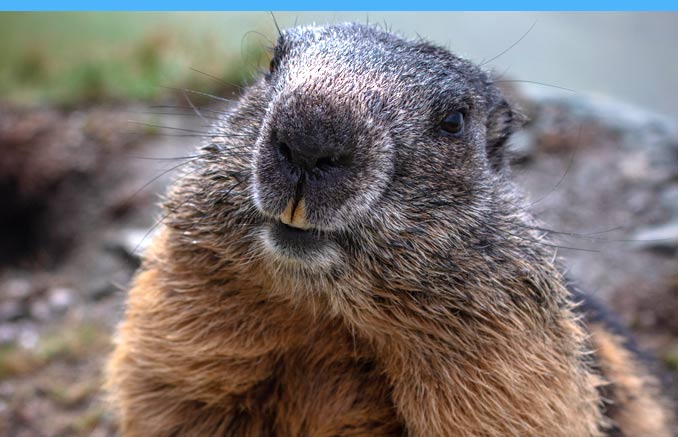
If the Groundhog Finds a Junction Box, It’s 10 More Weeks of No Internet
A year after running fiber cable onto a customer property, we got a call saying the Internet was out. The fiber connection looked fine, until we checked right next to the main building.
A quick step back: This fiber cable was half a mile long. To run it, we installed junction boxes every 100 feet to keep signal strength high. Before putting in the boxes, we asked the laborers digging up the ground to pour concrete into the junction box
locations. It protects the box from water & pests.
They did so for all the junction boxes...except the one next to the main building.
Well, a year later, a groundhog discovered the junction box didn’t have concrete protection. So it burrowed in, chewed up all the fiber cable there, and made a nest!
Magpie Pro Tip: Seal all conduits & junction boxes with rough steel wool, then use entrance caulk on all holes. (Good for power cables too.) It takes a little extra time, but it's worth it!
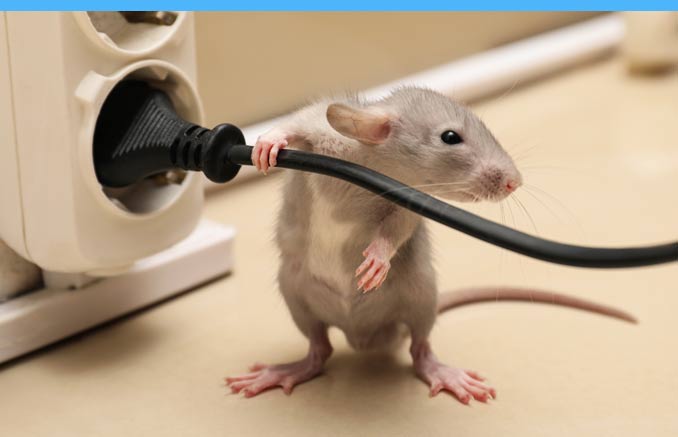
A Side of Seasoned Network Cables with That?
Some of our customers are in the restaurant industry. They are unfortunately prone to vermin like mice & rats showing up, wanting some of their food.
They also like eating network cables.
More than once we’ve gotten support calls for service stations going down. When checked, we found their network cables, in the walls or in the attic, chewed all the way through.
Cables aren’t their preferred item on the menu, of course! But it’s something rodents can chew on, and so they do.
Magpie Pro Tip: Always use conduit to shield cabling if there's a risk of mice/rats. Wherever you need to run cabling through walls, put down a layer of steel wool around it, and then use entrance caulk to seal the holes. (Mice can chew
through the caulk, but the steel wool repels them.)
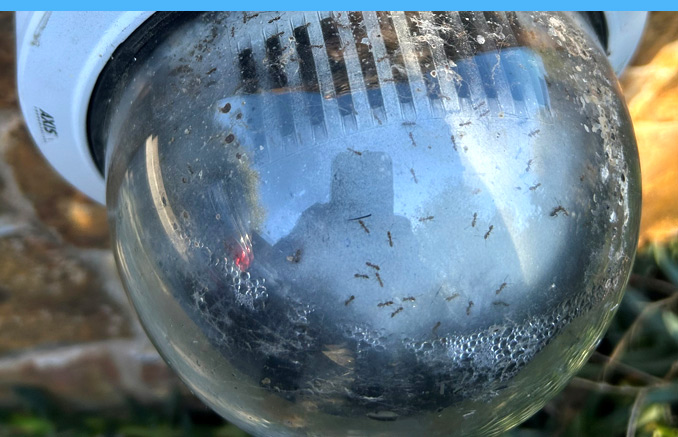
The Ants Go Marching...into the Security Camera
In the, 'Nobody wants to think about that' category...
Security cameras are warm due to running all the time. What’s outside and enjoys warm environments? Insects. This is why we’ve all seen cobwebs around security cameras. Spiders like to hang out beside them to stay warm.
Several times, we’ve gone to customer sites when their security cameras failed. Usually it’s the same thing—insects (mostly ants) have crawled inside the camera and broken it.
How do they get inside a security camera? Through the wiring hole. Ants are tiny; if the wiring’s not sealed, it leaves more than enough room for ants to crawl in. One ant steps on the internal circuitry the wrong way, and poof, the camera’s
toast.
Magpie Pro Tip: Seal the wiring conduit for each & every camera you have! Use ‘entrance block’ clay; it seals well and is easy to apply.
A Hair-Raising Reason to Physically Secure Your Infrastructure
Securing IT doesn’t just involve firewalls and antivirus. The physical side of security means protecting cables, servers, and everything in between.
Animals don’t mean to damage our IT, of course. As long as you take some steps to make their entry difficult/impossible, you can protect your IT and our animal friends at the same time.
Don’t want your network to have an ‘animal encounter of the IT kind’? Contact our team at woof@planetmagpie.com to help secure everything!